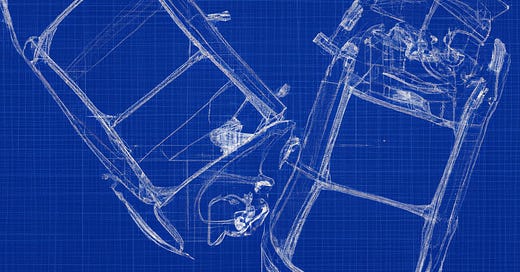
A Pointless Argument - Spikes, Estimates, and Work
The debate everyone loves to hate: Should spikes have an estimate on them?
There has been little to change my position on this topic over the past several years. But I have encountered a few wrinkles some people have tried to fold into the argument. The latest to show on my radar has been presented as the importance of insuring the team "gets credit for work done."
Credit.
This one word is all I need to hear to tell me that the holder of that opinion doesn't understand the purpose or intent behind the unitless story point. The assumption behind "getting credit" is that a story point in and of itself holds some sort of value that can be redeemed elsewhere in exchange for something else of value. It doesn't. They are markers for progress that vanish the moment a story is accepted as done. The origin of this belief can often be traced back to a misinformed manager who has taken the sports analogy of points and scores, winners and losers, too far. When management starts to use story points to evaluate individual performance to determine salary raises and promotions, the plot has been lost.
I have floated the idea of framing story points as currency. In this model, pointing spikes is analogous to counterfeit money. Points on spikes look like the real thing - value to the customer - but to the customer they're worthless. When pushed on this point, so to speak, it can be quite entertaining to see how creative people can get with their argument for adding points to spikes.
For starters, it's amazing how effortlessly they glide on by the cognitive dissonance created by asserting they can estimate the amount of work on something that by definition is created precisely because the amount of work is unknown. From there the reasoning moves to justifying how the task described in the spike card actually does add value for the client. "Too many" is the count of mind-numbing arguments I been party to where someone argues that they need several weeks to learn and experiment with technology X for which they want "credit." "Since this is supposedly adding value for the client," I ask, "shouldn't we include the client in all the meetings related to this spike?" The answer is usually some form of "Why would they care about this detail?" Thus making my point. They shouldn't and wouldn't care. Until the technology choice is made, there is nothing of value being added to the solution.
When arguments are this much on the edge, I like to push the reasoning as far as I can until it breaks. What about commuting to work or bathroom breaks? Those are activities every member of the team completes during the course of a work day. Do those need to be pointed and placed on the board? Does the team want "credit" for fetching a cup of coffee, eating a sandwich, or chatting with cube mates about 401k options? Obviously, no. So draw the line where it offers the greatest benefit to performance and progress for the project and the customer. Which gets me to…
A second retort I've heard several times to the idea of leaving points off of spikes is "Well, why put spikes on the board at all?" Of course, this tells me a lot about the person sending up a challenge like this - none of it good. But for the less entrenched within earshot, the answer is obvious: There is a world of difference between not pointing a spike and hiding work. A non-pointed spike is work the team has to do. It will be a drain on the time they can put toward completing work that adds value for the customer. The fact this will have an adverse effect on the team's velocity is exactly why it needs to be both on the board and un-pointed. Making this effect visible makes the overall process more transparent, less misleading, and inspection much easier. The very act of pointing spikes hides the work.
Image by Michael Schwarzenberger from Pixabay










